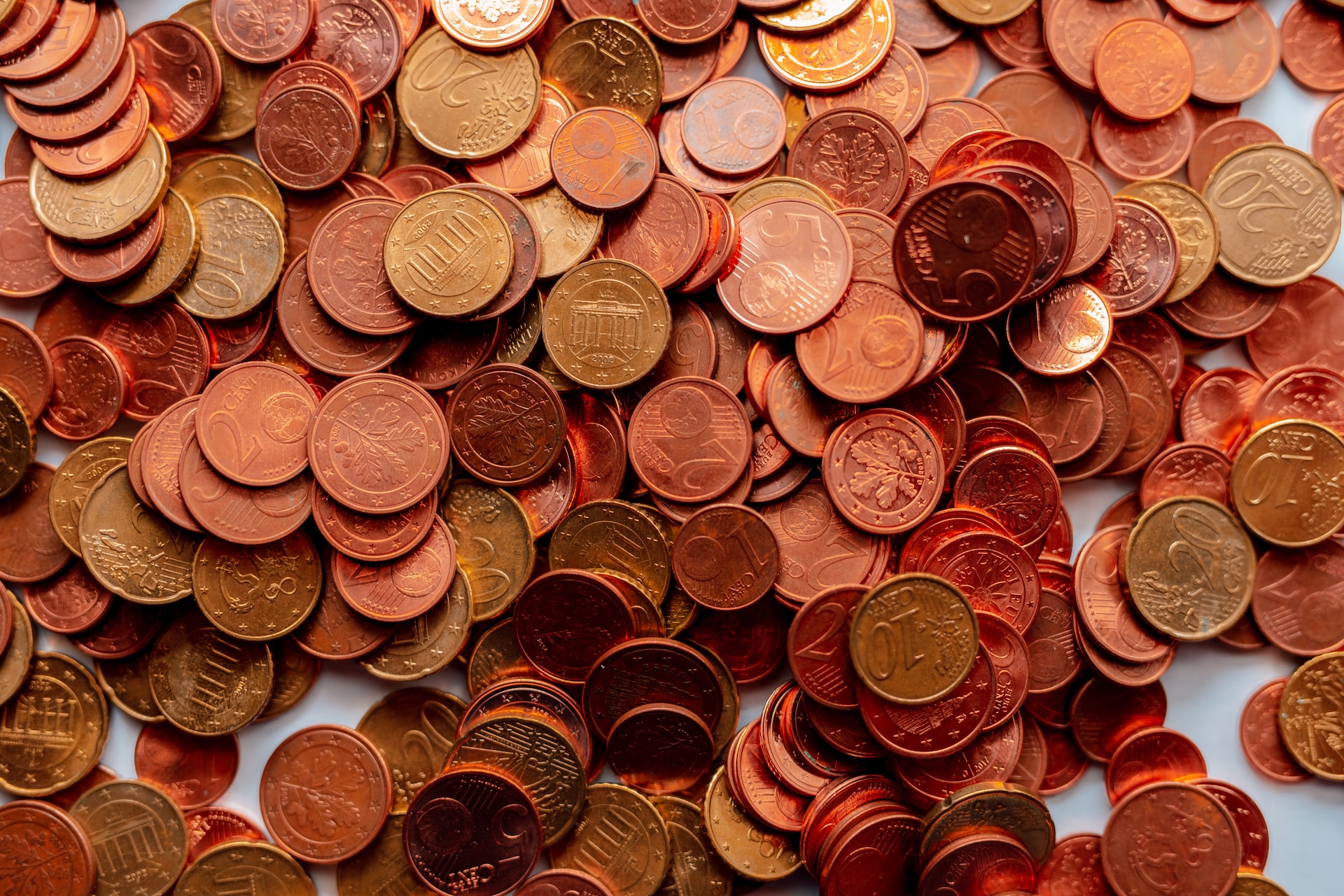And finally… penny pinching

The US Treasury Department has confirmed that the production of one-cent coins, commonly known as pennies, will cease next year, marking the end of an era for the coin that has been in circulation for over two centuries.
The decision follows a directive from US President Donald Trump to Treasury Secretary Scott Bessent in February to halt minting the coins, labelling them “wasteful”. This move comes amidst a long-standing debate regarding the cost-effectiveness and utility of the penny.
The cost of producing a penny has significantly risen, from 1.3 cents a decade ago to 3.69 cents per coin currently, according to Treasury figures. The US Mint anticipates an immediate annual saving of $56 million (c. £42m) in reduced material costs once production stops.
Critics argue that manufacturing the zinc and copper coin is an inefficient use of money and resources. Conversely, supporters contend that pennies help keep prices lower and are beneficial for charitable fundraising.
The phasing out of pennies will necessitate businesses rounding prices to the nearest five cents, as reported by the Wall Street Journal, which first broke the story. A Treasury spokesperson confirmed that the final order for penny blanks was made this month, and minting will continue only until the current inventory is depleted.
This decision mirrors actions taken by other nations. Canada discontinued its one-cent coin in 2012 due to minting costs and declining purchasing power. While the UK Treasury has stated that 1p and 2p coins are not being scrapped, however, the declining use of cash has led to years where no new 2p coins were produced, and no new UK coins at all were minted in 2024 due to sufficient existing circulation.








